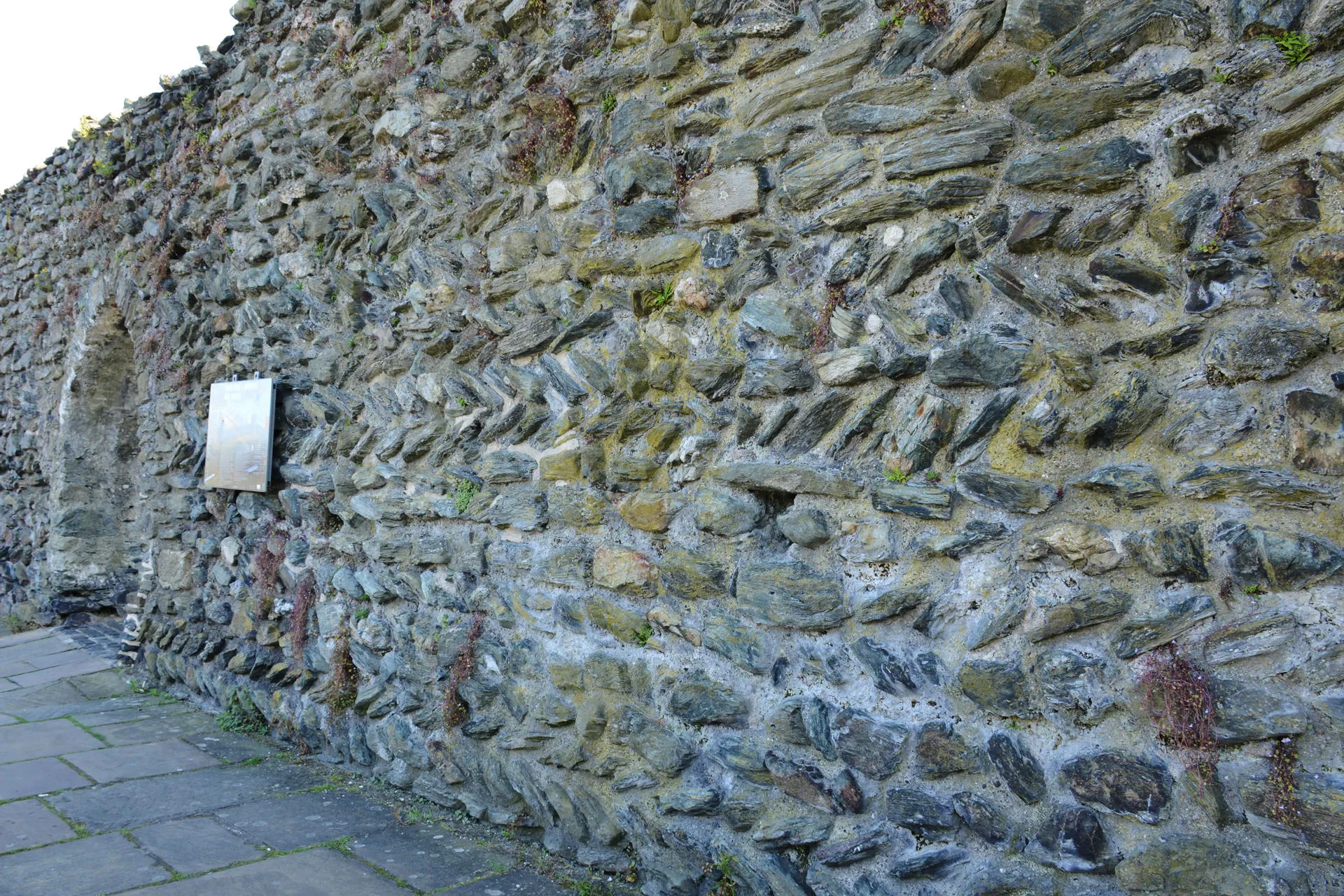
Sea and wind power
With a deep maritime history, Roman ruins, mysterious ancient monuments and whirling windmills, western Anglesey is awash with heritage.

Begin your journey by exploring historic Holyhead. Thanks to its location on the shores of the Irish Sea, it’s been a bustling port and harbour for centuries. Dive into this rich past at Holyhead Maritime Museum, overlooking the town’s pretty Newry Beach.
It’s packed with sea stories featuring shipwrecks, pirates and daring lifeboat rescues – told through a fascinating collection of artefacts and exhibits. You’ll see detailed models of the ships that have docked here, visit a genuine air raid shelter to learn about Holyhead during World War II and see the fossilised jawbone of an extinct woolly mammoth, unearthed by workers at the harbour in 1864.
A short walk along the seafront and harbour takes you to Caer Gybi Roman Fort. Dating back to the 3rd century, Caer Gybi is part of a network of Roman coastal defences that kept watch over the sea in this part of Wales.
Today, its well-preserved walls and towers encircle ancient St Cybi’s Church, founded here in AD540 after the fort was abandoned by its former inhabitants. Despite a turbulent history of damage at the hands of Viking raiders, Henry IV’s forces and Oliver Cromwell’s army, the church still contains many notable features – including the original Tudor communion table and a striking Victorian chapel.
Follow the A55 North Wales Expressway eastwards out of town, before turning onto the A4080 towards the Rhosneigr and Barclodiad y Gawres, one of Anglesey’s most impressive ancient monuments. On a cliff-edged headland a short walk from the road (there’s parking at nearby Porth Trecastell) a Neolithic tomb sits beneath an earthen mound measuring 27m in diameter. In the dimly-lit chamber at its centre are five stones etched with a series of intricate zig-zags and spirals, rare examples of prehistoric art created thousands of years ago for a long-forgotten ceremonial purpose.
Finally, retrace your route back inland to the junction with the A55 before following the B5112 northwards, turning left at its junction with the B5109, then immediately right (in about one-third of a mile) on the minor road north to the little village of Llanddeusant.
Here you’ll find Melin Llynon, the only working windmill in Wales. Built in 1775, it’s still grinding flour – now used to make the delicious bread and cakes baked here daily. As well as seeing the windmill in action, you can explore two Iron Age roundhouses, which give an immersive insight into the lives of Anglesey’s farmers more than 3,000 years ago.